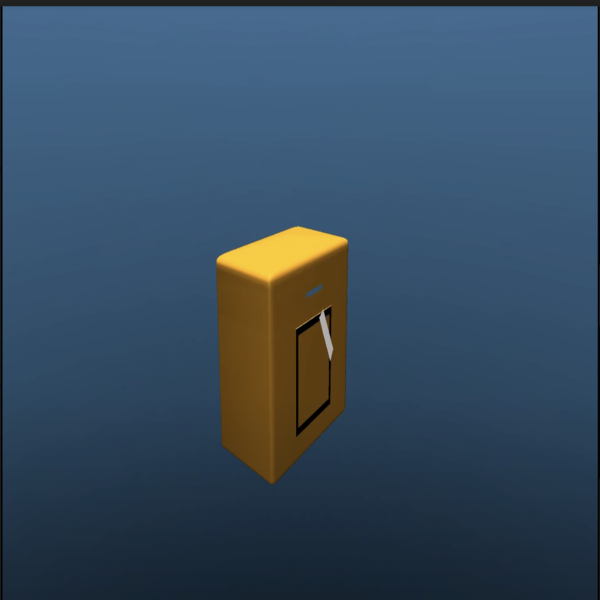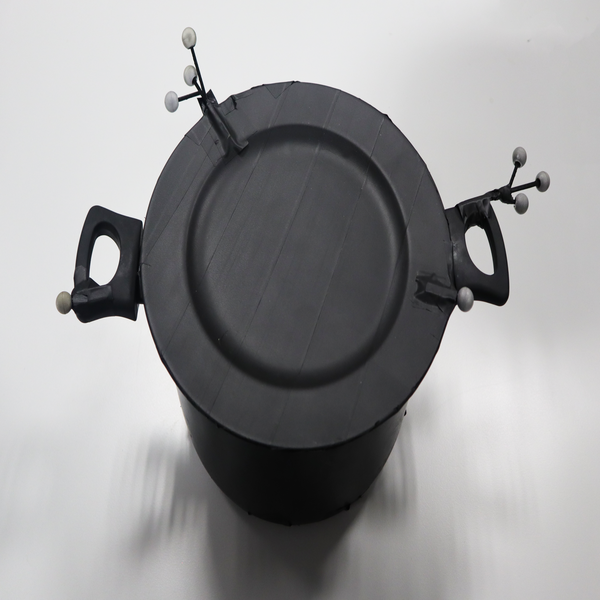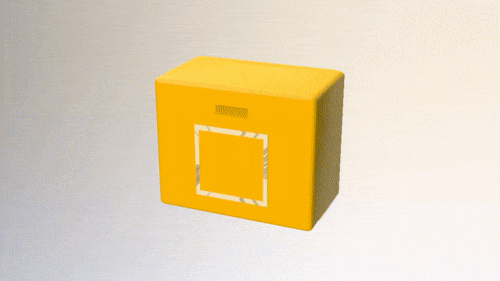Assets & Equipment

Reinforcement learning

VR Environment

Optitrack
Equipment

Computer Graphics and Virtual Reality Research Lab
University of Bremen, Germany
Affordances are inherent properties of objects and environments that enable certain actions to be executed. It is
a concept originating from psychology that has gained increased attention in robotics as it provides a way to
interpret environments and optimise planning and execution of actions. At the same time, reinforcement learning
has become a crucial part of problem solving in robotics as well.
In this paper, we explore the limitations of reinforcement learning in the context of affordances. We specifically
focus on the physical execution of affordances and show that they provide rather complex situations—proving to be
quite difficult for reinforcement learning in certain cases. We also argue that the challenges can be overcome by
splitting affordances into simpler components and propose a taxonomy of these components to accommodate this
concept.
Finally, we explore whether or not virtual environments are suited to simulate real world affordances in the first
place. We come to the conclusion that, while they are not inherently ill-suited, virtual environments do encounter
some limitations that need to be accounted for when it is employed for real world simulation.
For the experiments we selected various affordances and implemented them in two environment.
The first is an OpenAI Gymnasium environment with Mujoco and PyBullet as the physics engine, along with an
implementation of DQN and PPO for learning algorithm.
The other is an Unreal Environment in virtual reality, as well as an motion tracking setup, via the use of
OptiTrack Technology.
We used the OpenAI environment to explore what kind of affordance properties may cause issues in regards to the
reinforcement learning process itself but also in relation to the physics engine used.
Based on our observations we propose a taxonomy for affordance components which are required to achieve the
desired end state for fulfilling an affordance.
The Unreal Environment is used to compare the accuracy of the physics engine to the real world and evaluate
whether or not simulated environments are inherently ill suited to certain kinds of task and therefore training
a system in these task would be unreasonable without real world data.





Crepe Pan

Cutting Knife

Post Box

Pot
Antonia Lina Busse
M.Sc. Digital Media, University of Bremen
Amber Akhtar
M.Sc. Digital Media, University of Bremen
Aleksi Reveriuk
M.Sc. Computer Science, University of Bremen
Arthur Stricker
B.Sc. Digital Media, University of Bremen
Fabian Schneekloth
M.Sc. Computer Science, University of Bremen
Haya Almaree
M.Sc. Computer Science, University of Bremen
Jan-Philipp Schramm
M.Sc. Computer Science, University of Bremen
Karen Kuribayashi
M.Sc. Digital Media, University of Bremen
Kui XU
M.Sc. Digital Science, University of Bremen
Leila Matayeva
M.Sc. Digital Science, University of Bremen
Mohammad Naghavipour
M.Sc. Digital Media, University of Bremen
Md Mustafizur Rahman
M.Sc. Digital Science, University of Bremen
Md Soleman Hossein
M.Sc. Digital Science, University of Bremen
Silviu Ojog
M.Sc. Computer Science, University of Bremen
Subrina Jahan
M.Sc. Digital Media, University of Bremen
Prof. Dr. Gabriel Zachmann
CGVR - University of Bremen
Dr. René Weller
CGVR - University of Bremen
Hermann Meißenhelter
CGVR - University of Bremen